Education
Donna has made a point to prioritize the quality of public education and the affordability of higher education. The 86th Legislature’s landmark public education bill, HB 3, addresses an issue she had been talking about for years - the imbalance between local property taxes and the state’s contribution to public education funding. She has also been a leader on college affordability, working on lowering student loans, increasing student aid and incentivizing no cost/low cost options for curriculum.
Her work on the Appropriations subcommittee for education has focused on ensuring an effective pipeline of health care graduates, clinical training and research.
What Donna’s Been Doing:
Paved the way for HB 3, filing legislation in 2017 which requires a 50% state share towards public education. Prior to that, in 2013 and 2015, Donna worked with a bipartisan group of leaders on the Appropriations and Public Education Committees to pass House budgets with many similar provisions. These included full day pre-K, increases in Career and Technical Education funding, and increasing the state’s share of funding. (it ended up with $100 million extra).
Using her appointment to the Appropriations Committee, she has been a strong advocate for the state’s retired teachers, and for upholding the state’s commitments to them.
Donna is a leader in advancing Open Educational Resources - free or at cost textbooks with a Creative Commons license, cutting costs substantially for districts and college students. In 2017,she was able to pass riders and legislation setting up incentives for colleges and TEA to create such materials; established a digital repository for OER materials once created, and ensured the savings are assessed.
Passed legislation re-authorizing $25 million in Technology Lending Grants to school districts allowing them to distribute devices such as laptops, hot spots and tablets to students, who can then take advantage of the new broadband and free digital materials.
Passed legislation to allow for lower interest rates on refinanced student loans.
Amended the rules for the Public Education Information Management System (PEIMS) to include pregnancy as a reason a student withdraws from or no longer attends school.
Advocated successfully to preserve state funding for the McDonald Observatory and repairs to the Marine Science Institute after Hurricane Ike.
Inserted language in the budget for $2 million to Texas military-connected children needing additional counseling and support services in our public schools.
Directed $1.5 million for the Educational Aide Program, which provides tuition exemption for paraprofessionals to go to college and receive a teaching certificate.
Passed bills that eliminated the state's practice of taking 1-2% of tuition from law school and medical school students and using those funds for State General Revenue.
Spearheaded a technical fix in the budget which returned over $1 million back to Public State and Technical Colleges.
Passed legislation clarifying the use of donations to universities allowing more philanthropy and matching funds to be raised for the Texas Research Incentive Program (TRIP), the primary research funding for the state’s eight emerging research institutions.
Ensured funding for the Virtual College of Texas at Austin Community College, which provides students with opportunities for Distance Learning.
Secured additional dollars for community colleges, in order to provide a 3% boost in their formula funding.
Required an annual report from the TEA on the funding per average student attendance for charter schools and traditional public schools, as well as the amount paid by local taxpayers and the state.
Passed a rider allowing TEA to utilize an additional $5 million to help meet the educational needs of children with disabilities.
Allocated $1 million at the University of Texas at Austin to modernize the curriculum and teaching effectiveness in the Fine Arts, particularly for schools and communities that are underperforming in arts education.



